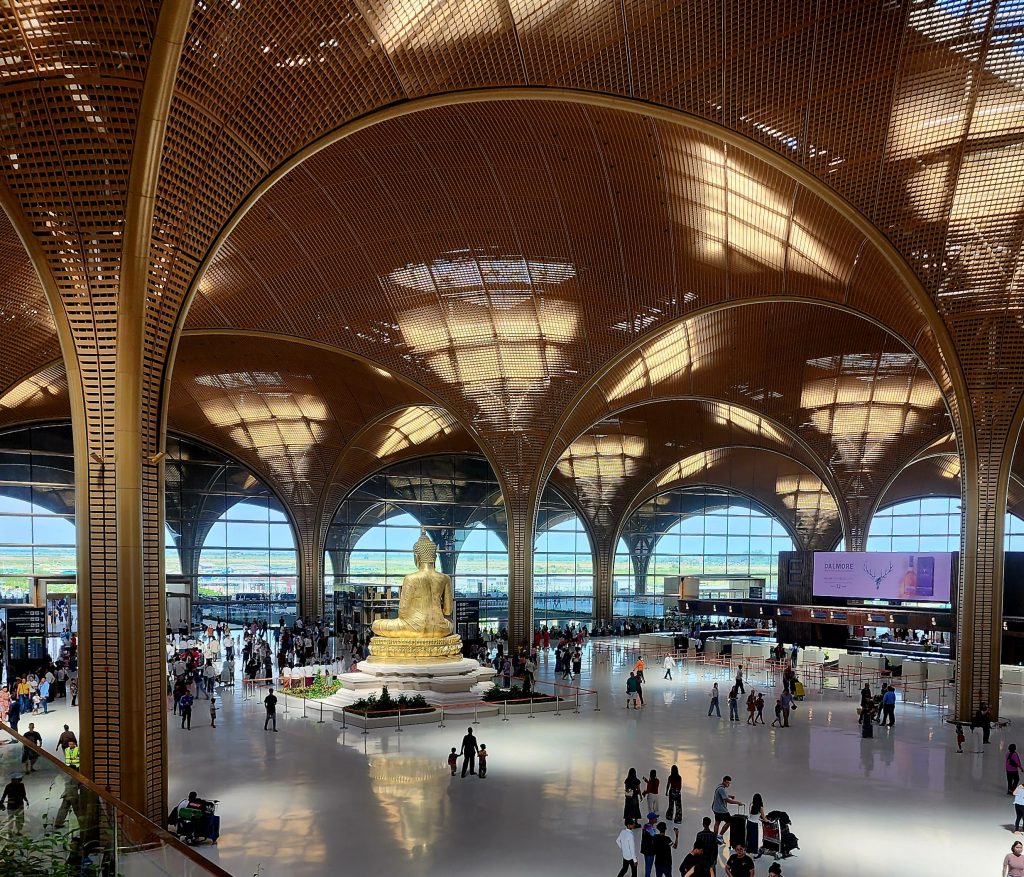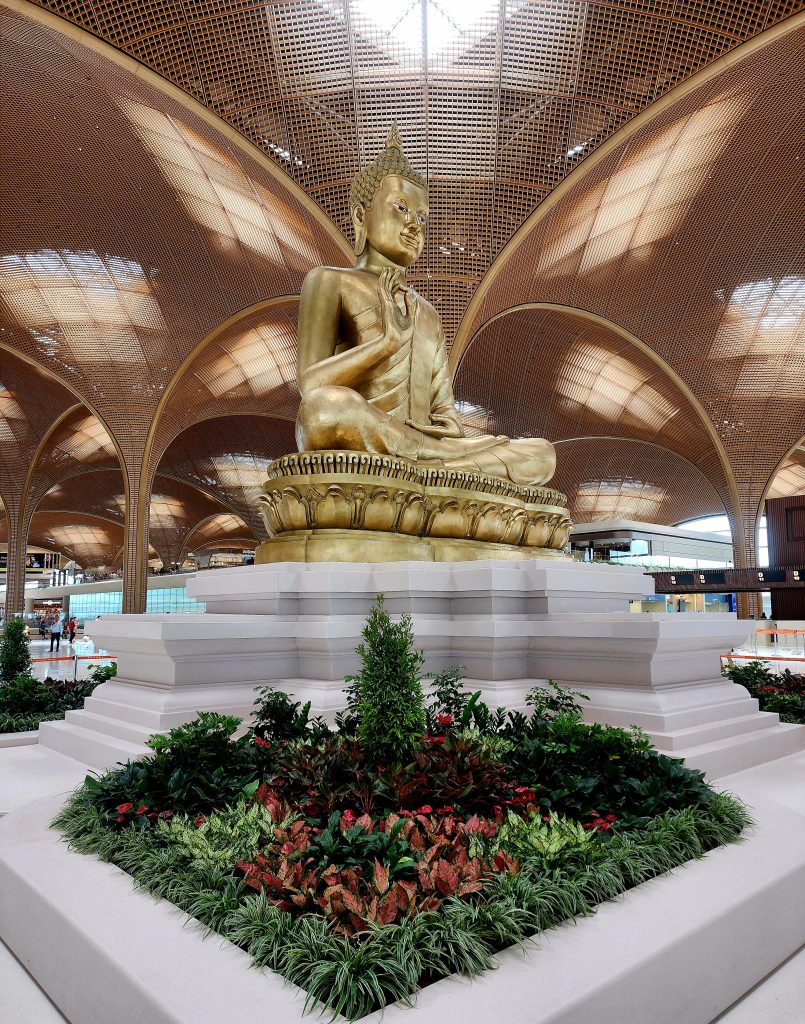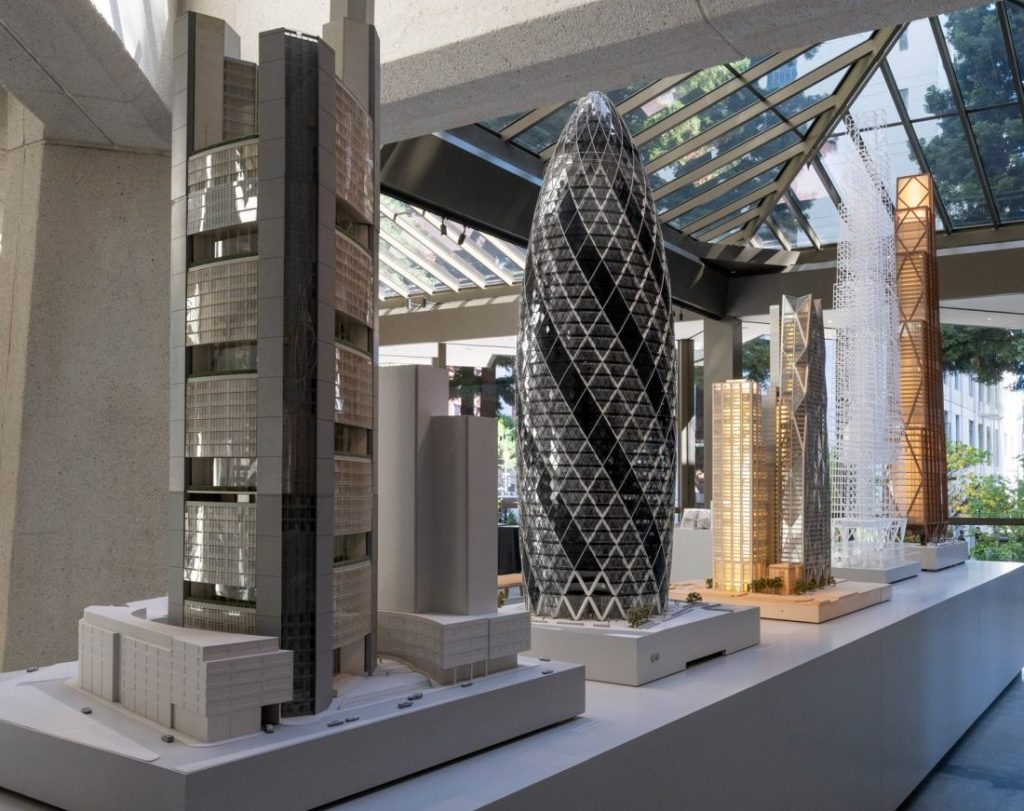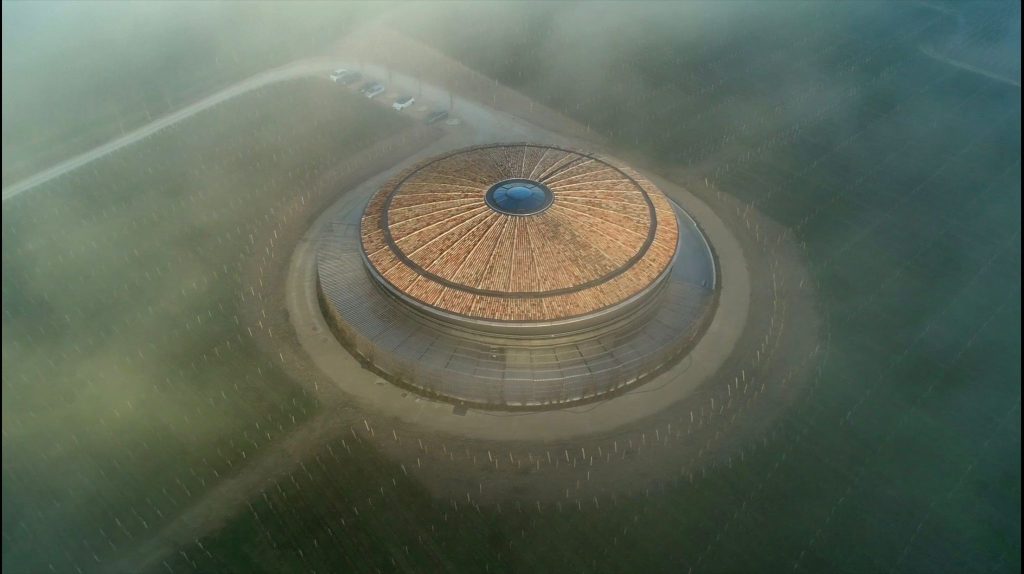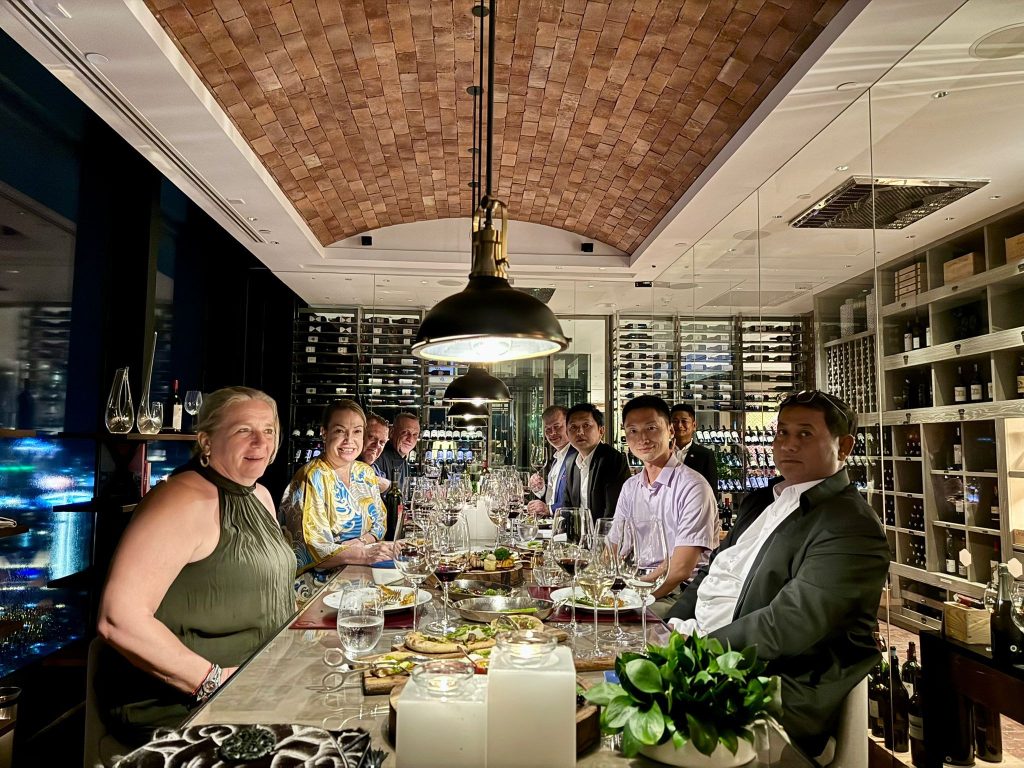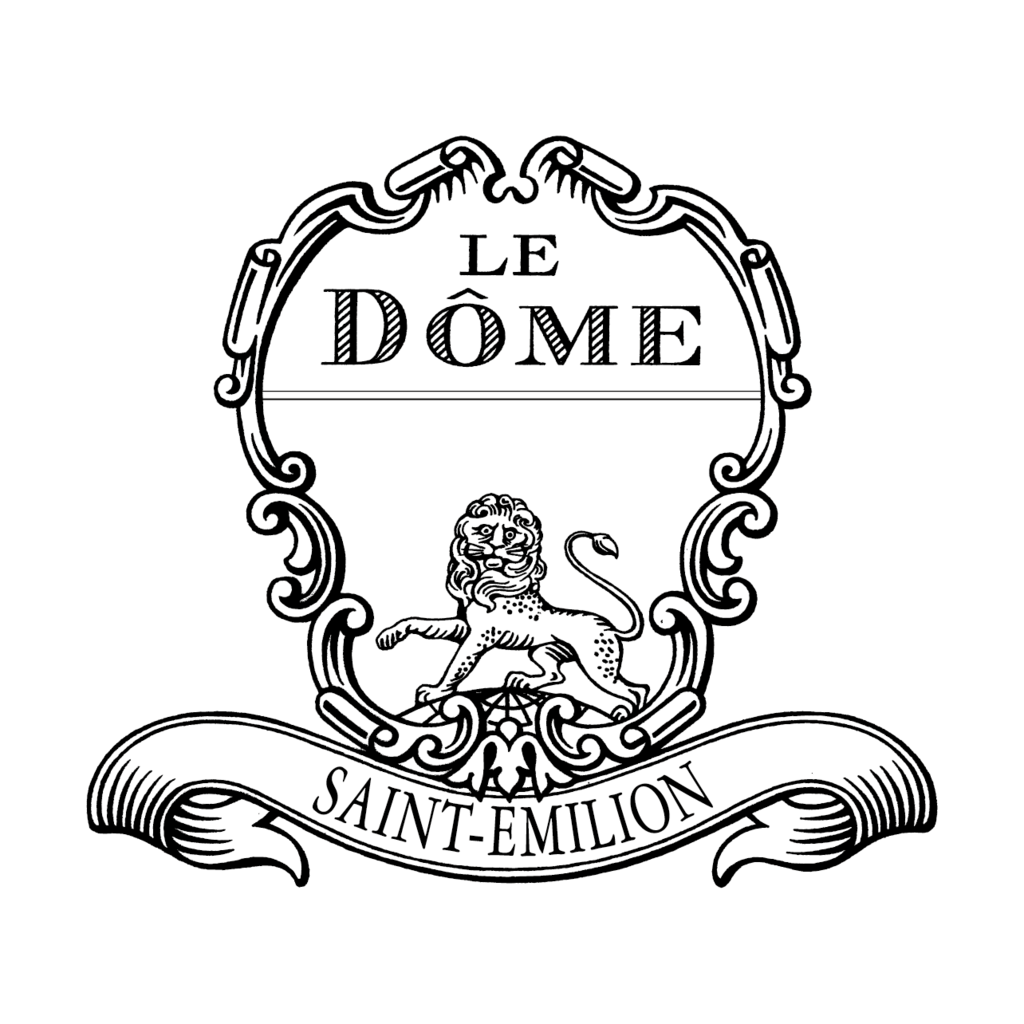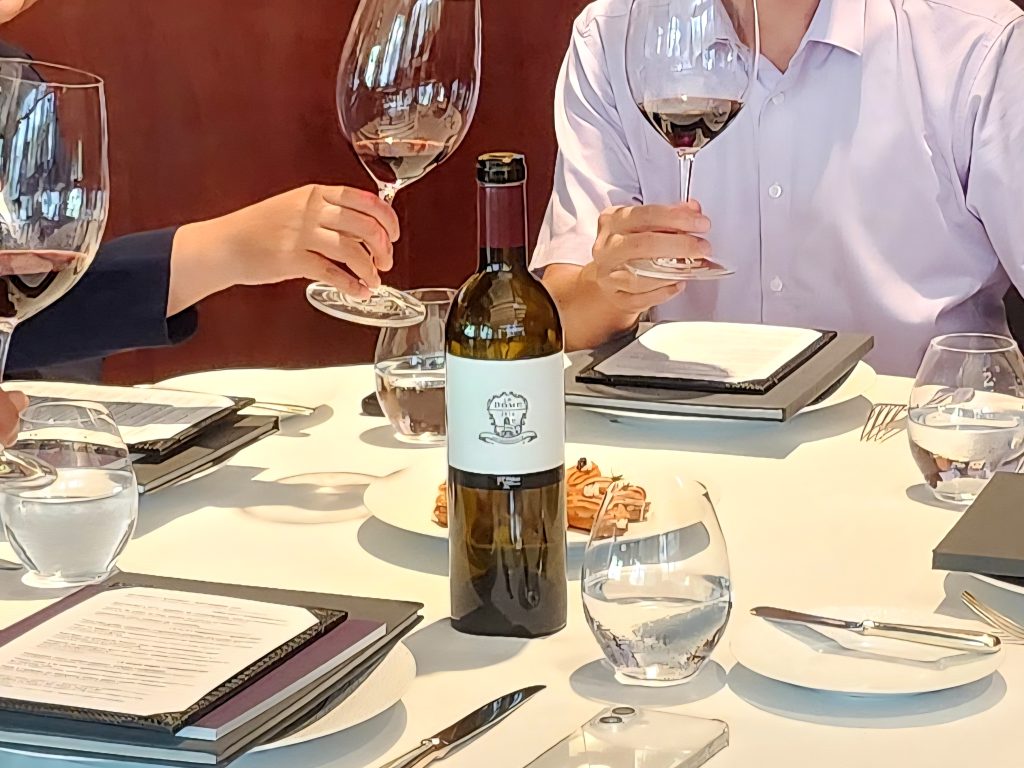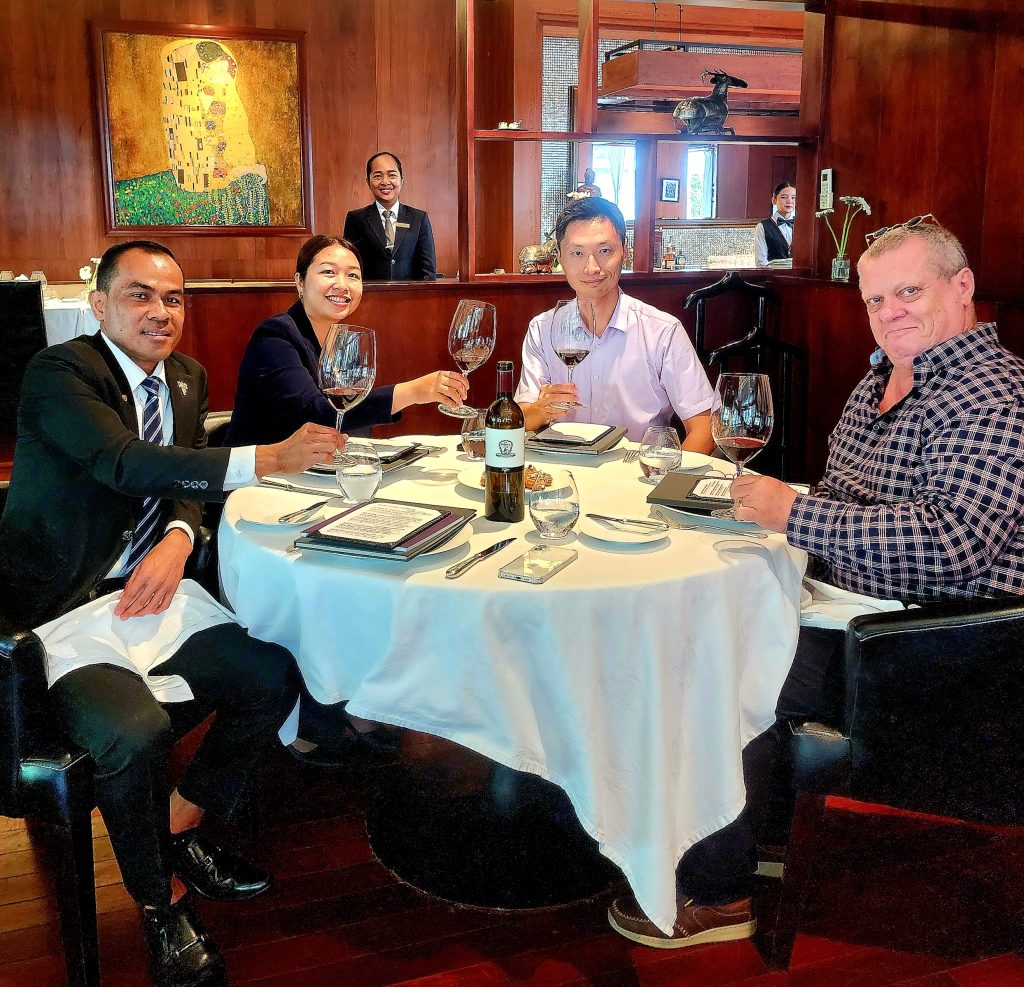Wine, Design & Inner Peace
Designing Time Machines
Phnom Penh’s magnificent new airport and the highly acclaimed Le Dôme winery in Saint Emilion share more than just the same design firm of Foster + Partners; both structures seamlessly incorporate the high-tech precision and functionality of their purpose, with an endearing respect and appreciation for their sense of place, history and cultural heritage.
TECHO
Twenty kilometres south of the city centre, Cambodians are proudly celebrating the opening of their new and impressive International Airport.
Named Techo International Airport (KTI) in Phnom Penh, Cambodia, it boasts a stunning design and features numerous striking architectural elements. The structure embodies a powerful sense of place, drawing its inspiration from one of the oldest civilisations on earth.
The name Techo (Khmer: តេជោ) is a title given to army commanders by the King of Cambodia. Then Prime Minister Hun Sen announced the new name on 9 December 2021 while inspecting the new airport. The word “Techo” is referenced in Khmer history, where the king granted titles to former Khmer army commanders Techo Meas and Techo Yort, who operated in the territory of Kandal Province. This is the area in which the airport is located. He also stated that “Techo” shows the strength of the kingdom’s monarchy.
The airport began operations on the 9th of September 2025. An official inauguration ceremony is set to be held on 20 October, with Prime Minister Hun Manet planned to preside over the grand opening.
The Techo International Airport (KTI), was designed by the acclaimed architectural firm of Foster + Partners, with a focus on combining traditional Khmer architectural inspiration with modern sustainability.
Cambodia’s cultural history inspires the overall design, incorporating its vernacular architecture and the timeless elegance of Angkorian forms. The lotus flower and the sugar palm are continuously referenced. The central terminal features a nine-meter Buddha statue in the Abhaya mudra pose to welcome travellers with a sense of peace.
The Abhaya mudra is a hand gesture meaning “fearlessness” and symbolizes protection, reassurance, and the dispelling of fear. The right hand is raised to shoulder height with the palm facing outward and fingers pointing up, while the left hand typically rests in the lap or by the side. This mudra is prevalent in Buddhist and Hindu art and is used in meditation to foster courage, inner peace, and a sense of safety.
The terminal’s vast, single roof is supported by an interconnected canopy of lightweight “structural trees”, each spanning thirty-six meters. This design echoes a tropical canopy and the soaring ceilings of traditional Cambodian structures. An innovative screen on the roof filters natural daylight into the terminal, reducing glare while softly illuminating the expansive interior. This provides a bright, open space that minimizes the need for artificial lighting during the day.
The airport is one of the greenest in the world, incorporating several eco-friendly features. An on-site solar ‘photovoltaic’ farm which generates a sizeable portion of the terminal’s energy. The architectural design maximizes natural airflow, reducing reliance on air conditioning in the tropical climate. The interior is also partially filled with lush landscapes, including mature trees and vertical gardens, which help to improve air quality. The drainage system also harvests rainwater for efficient water management.
With the first phase already operational, the airport can currently handle up to thirteen million passengers annually with one runway and an aerofoil-shaped pier. Phased development includes two more runways and another aerofoil wing, which will expand capacity to thirty million by 2030 and fifty million by 2050. The grand plan also includes the development of a surrounding “airport city”.
“An airport is amongst the most important public buildings, reflecting its symbolic status as the gateway to a city and its crucial role in the globalized economy. The new Techo International Airport will be an important part of Phnom Penh’s continued development as the nation’s primary inter-regional, intermodal transport hub.”
– Stefan Behling, Head of Studio, Foster + Partners
As a very frequent flyer who has called Cambodia home for most of the last twenty years, I, too, swelled with pride on my first visits in and out of our brand-new airport. I consider it the finest and most pleasing aesthetically in the region.
Founded in 1967, Foster + Partners is one of the most awarded and celebrated architectural firms on the planet. A global studio known for its high-tech, sustainable approach to architecture and urbanism, it has celebrated architectural landmarks, ongoing projects and teams spread right around the world.
The firm’s founder and executive chair is Norman Foster, Baron Foster of Thames Bank. He is one of the most celebrated figures in modern architecture and has won numerous awards, including the Pritzker Architecture Prize.
The practice is known for its collaborative, holistic design philosophy. Foster + Partners is highly regarded as a pioneer in sustainable architecture and urbanism, emphasising using design as a tool for continuous improvement and for creating healthier, more inspiring environments. The company has designed iconic structures on a global scale, including: 30 St Mary Axe in London, Hearst Tower in New York City, the Reichstag Building (renovation) in Berlin, the Millau Viaduct in southern France and many more. In addition to architecture, Foster + Partners employs a diverse team offering a wide range of services that include not only architects and engineers, but also specialists like environmental psychologists and social anthropologists.
Le Dôme by Design
Another of their most famous designs and architectural wonders is the Le Dôme winery in Saint Emilion. A marvel of modern architecture and cultural sensitivity, with above and below-ground winery, observation deck and tasting area.
Saint Emilion, with its steepled churches, cobbled streets, stone buildings and world-famous wineries, is a UNESCO World Heritage Site, so it was critically important to the owner, designer, and the community alike that the new winery have a positive visual impact on the landscape.
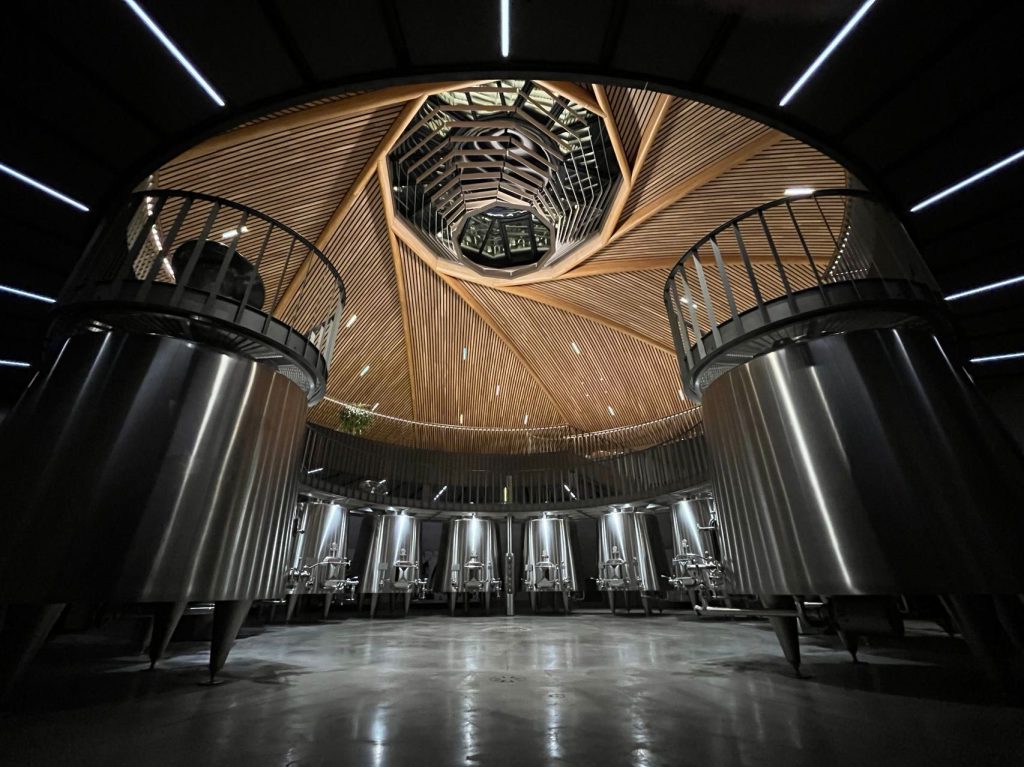 A 40-meter-wide domed roof is the defining architectural feature. Its unique reciprocal structure consists of mutually supporting, interlocking oak beams, which eliminates the need for any internal columns. The roof’s structure naturally forms a six-meter-wide oculus at its centre, creating natural light to the winery floor below. The roof is clad in recycled local terracotta tiles, while the base of the building is made of concrete composed of regional aggregate and features timber slats.
A 40-meter-wide domed roof is the defining architectural feature. Its unique reciprocal structure consists of mutually supporting, interlocking oak beams, which eliminates the need for any internal columns. The roof’s structure naturally forms a six-meter-wide oculus at its centre, creating natural light to the winery floor below. The roof is clad in recycled local terracotta tiles, while the base of the building is made of concrete composed of regional aggregate and features timber slats.
There are spectacular 360-degree views of the vineyard and landscape, whilst the internal observation area provides views down into the working winery. A state-of-the-art winery complete with all the latest equipment and gadgets, like its densimetric grape sorter. The disk-shaped structure became an instant landmark in the region.
Le Dôme 2016
Thirty years ago, Johnathan Maltus purchased a three-hectare Saint Emilion vineyard that borders the famed Chateau Angelus. Since their very first release, the wines of Le Dôme have been revered for their extraordinary individuality, quality, and character.
The vineyard is dedicated to eighty percent Cabernet Franc and the rest to old-vine Merlot. The vines were planted in the 1950s on sandy loams over iron-rich soils. Vines are planted to remarkably high density to reduce yields. Green harvests are abundant to further reduce the crop and concentrate the fruit.
Highly regarded and sought after by collectors, investors, and connoisseurs. The Le Dôme wines are regularly awarded maximum scores by the industry’s most powerful wine writers.
The 2016 is a rare and magnificent wine indeed, awarded 100 points out of 100 by highly respected critic Jeb Dunnuck and by Wine Enthusiast magazine, as well as 99 points from Robert Parker. The blend is 80% Cabernet Franc and 20% Merlot, matured in French oak, 80% of which is new.
The opportunity recently arose to take another look at the wine (actually twice, first over a dinner and then again at lunch the next day) as Le Dôme and the JCP Maltus Chateaux wines are on the way to launching their distribution in Cambodia. Having tried the wine several times, it is drinking beautifully, yet it still has decades of potential with careful cellaring.
The 2016 immediately announces itself as being a wine of elite and rare company; aromas are of ripe forest berries (boysenberries, mulberries), and notes of violets, five-spice, dark chocolate, and sage. A bouquet that reveals more and more of its soul with every swirl and whiff. Perfumed, complex, seductive, an irresistible invitation to dive right in.
On the palate, the wine is simply incredible, a high-wire act that defies the laws of physics, with such intensity, richness, and depth of fruit, yet so elegant, fine, and graceful on the palate.
An essay in balancing opulence and elegance, the fruit is attractive, complex, and lush, whilst the fine-chained tannins are silky, with a hint of graphite and cocoa powder. The finish lights up and lingers like a compote of freshly picked berries.
Among the finest wines tasted this year, and thoroughly deserving of its perfect score, 100/100.
Darren Gall

